I frequently see people who are concerned about their under eye bags. They claim that the bags under their eyes are always present, regardless of what they do to treat their allergies, sinus issues, how much they sleep, or how much salt they consume. Bags under eyes that are always visible are likely due to something we call prolapsed orbital fat. Lower eyelid fat prolapse, or herniated fat, is another name for this condition. Lower eyelid fat prolapse is a common genetic feature seen in families, and it can worsen with facial aging. The procedure to address bags under eyes is called a lower eyelid blepharoplasty. Although the term lower eyelid blepharoplasty is commonly used, not every surgeon performs bags under eye surgery the same way.
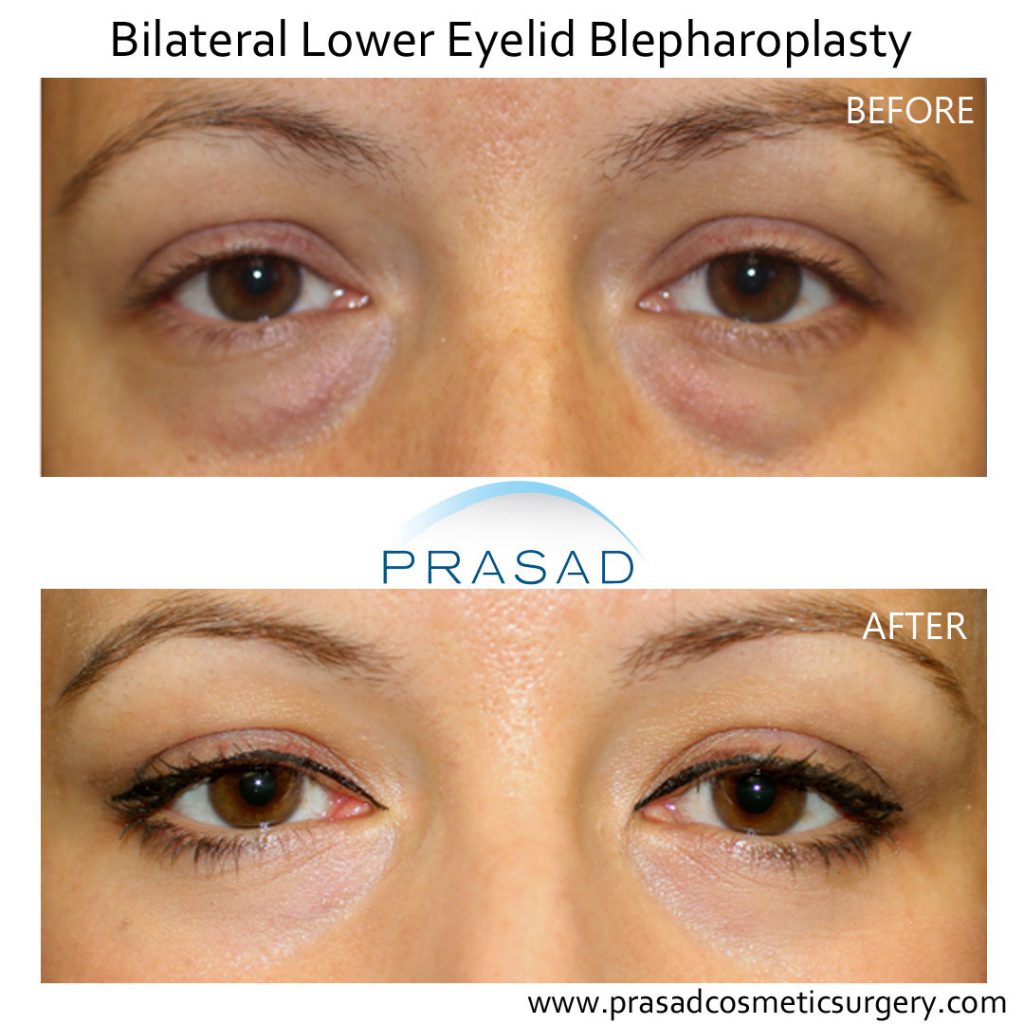
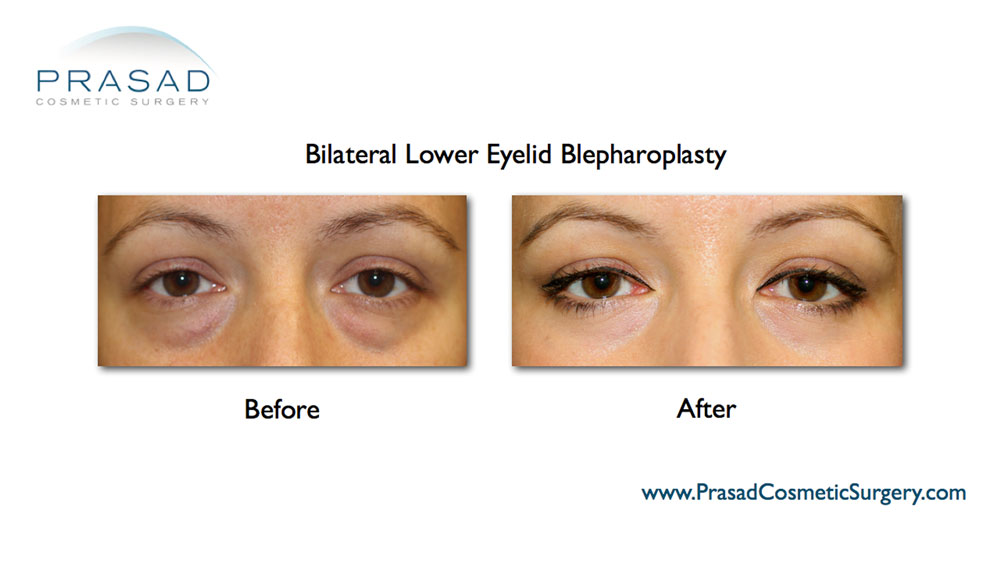
This can be very perplexing for people who want to improve the appearance of their under-eyes. Some of the most popular techniques can result in undesirable outcomes such as lower eyelid rounding and even complications such as eyelid retraction and ectropion. I’ll discuss different strategies and techniques for lower eyelid surgery. I’ll cover some of the key points of anatomy and surgical techniques so you can understand my recommendations. I’ll go over how to perform lower eyelid rejuvenation in a way that reduces your risk of complications, and gives you a refreshed look while preserving the natural character of your eyes.
So what are the main concerns for people who come in for lower eyelid rejuvenation? It comes down to 3 things:
- puffy eye bags
- under eye wrinkles and
- under eye dark circles

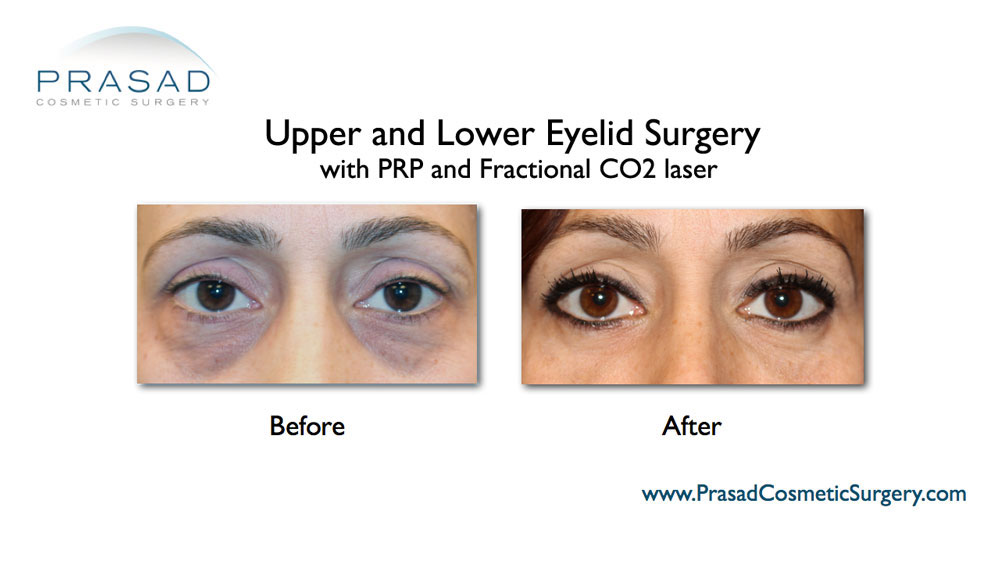
Under-Eye Bags Treatment
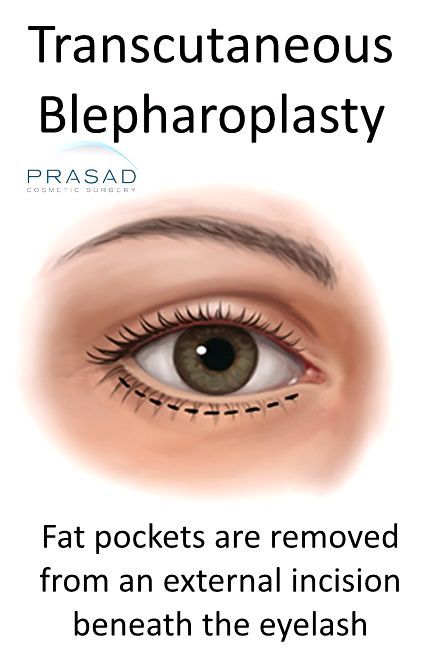
I prefer to perform lower eyelid fat modification from the inside of the eyelid using a technique called transconjunctival blepharoplasty. Although this technique is considered more technically advanced, I make every effort to protect and preserve the integrity of the tissue layers that would be separated if blepharoplasty were performed externally or transcutaneously. The art of fat modification is to sculpt and reposition the fat so that you appear to have never had bags under your eyes.
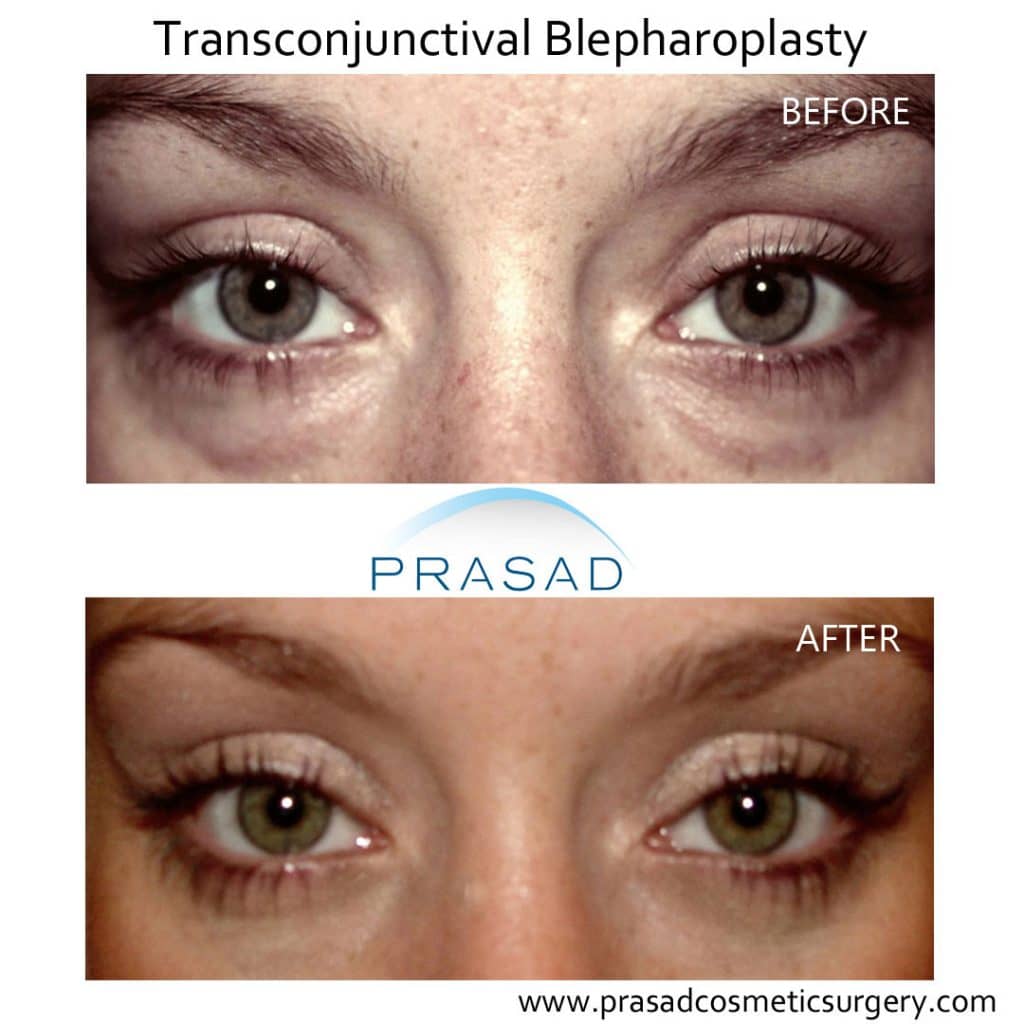
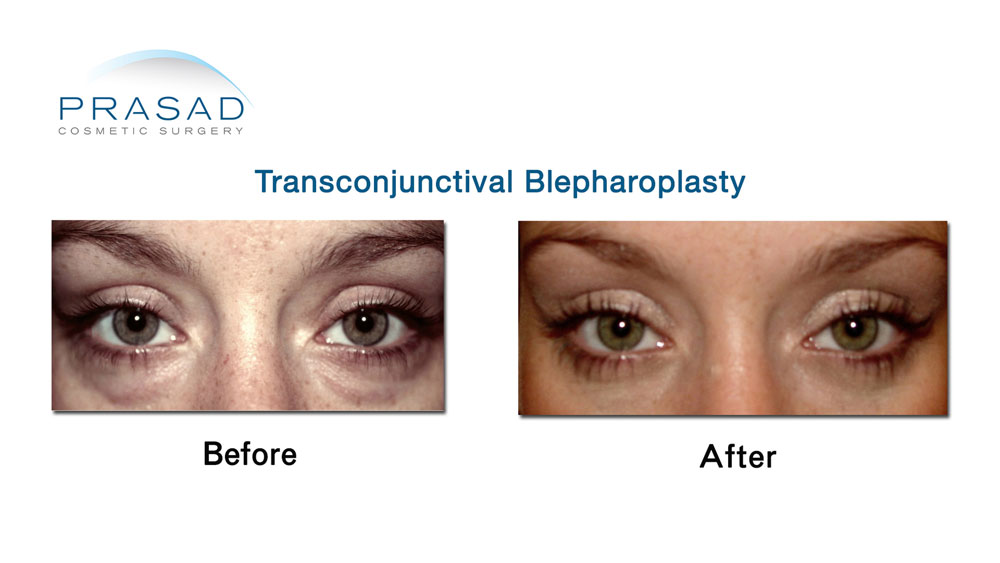
Under Eye Wrinkles Treatment
The second issue with the appearance of wrinkled skin is distinguishing between skin quality, and skin quantity. Skin that appears redundant is more likely to benefit from procedures such as fractional laser, which induce collagen production and restore the skin’s surface with new, smoother layers of skin. Skin removal may result in a skin shortage, causing the eyelid margin to be pulled downward, resulting in eyelid retraction, and ectropion. In patients with darker skin types, who would not be candidates for laser, I can stimulate collagen production with a radiofrequency device like Pelleve. I supplement collagen stimulation with platelet-rich plasma (PRP). Platelet-rich plasma is a blood concentration of wound healing and growth factors that are activated following an injury such as a simple cut. Another benefit of PRP is the production of new blood vessels, which further improves skin quality.
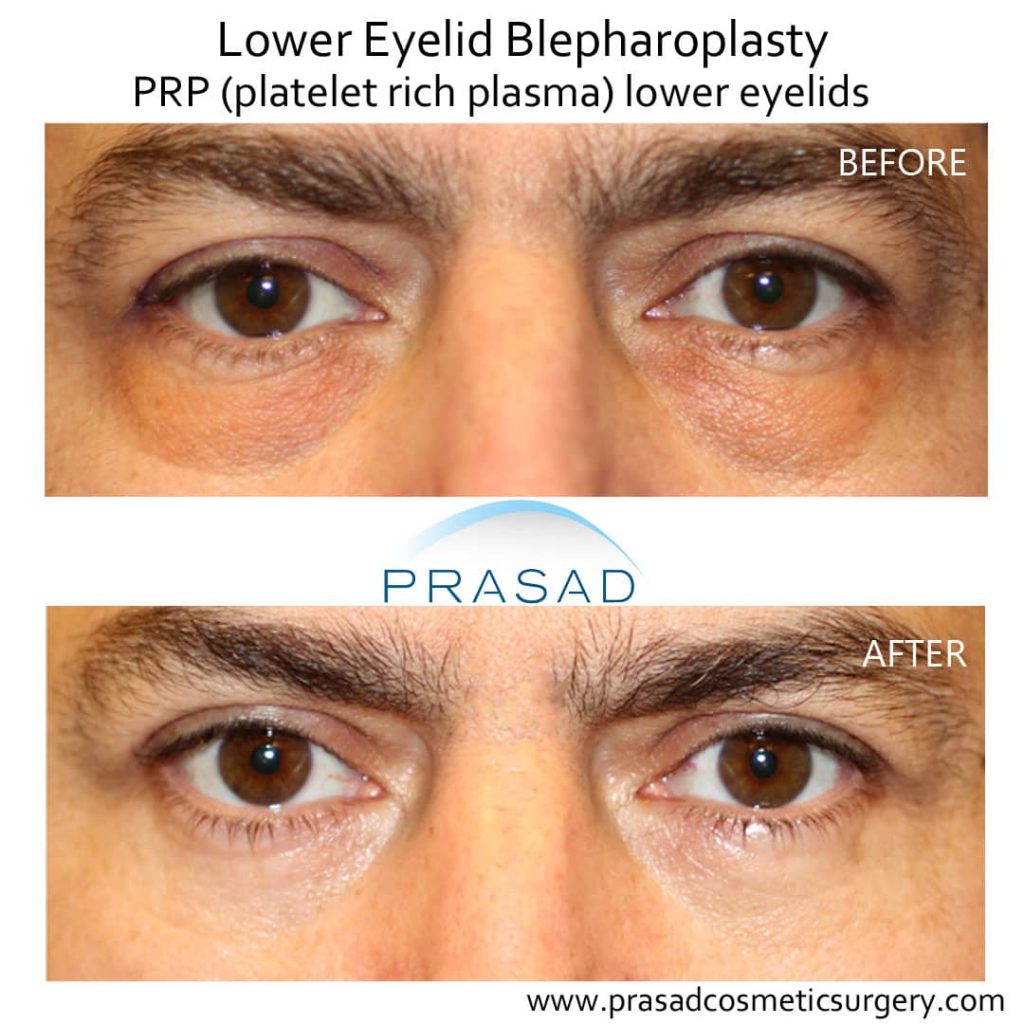
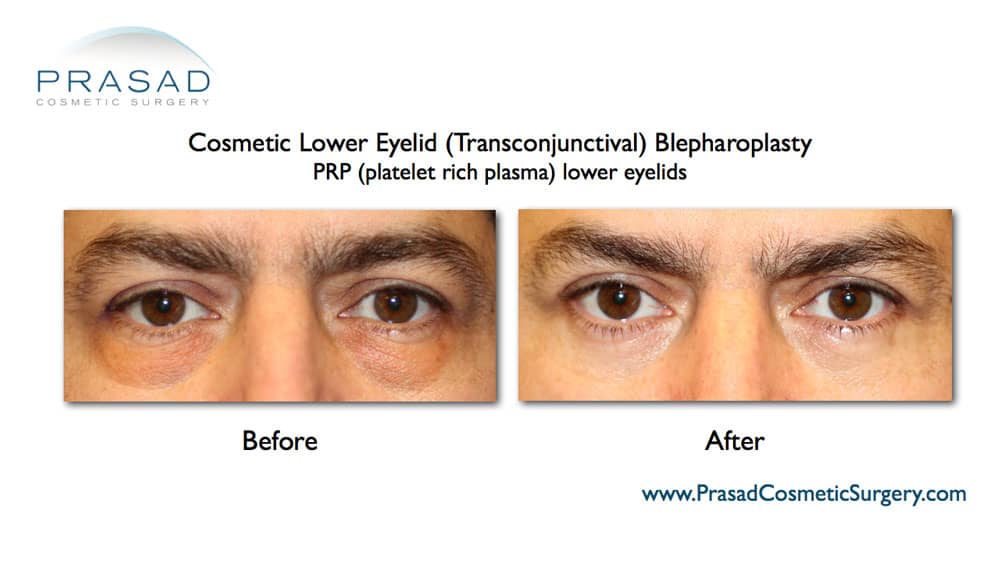
Dark Circles Under Eyes Treatment
Sun damage, volume loss, and a decrease in skin quality are the most common causes of dark circles under the eyes. There are times when laser technology used to treat wrinkles can also be used to treat discolorations under the eyes caused by sun damage. PRP is frequently used to improve skin quality, and discoloration in people with darker skin. Collagen stimulation and increased circulation appear to result in a more refreshed, and lighter appearance of under eye dark circles.

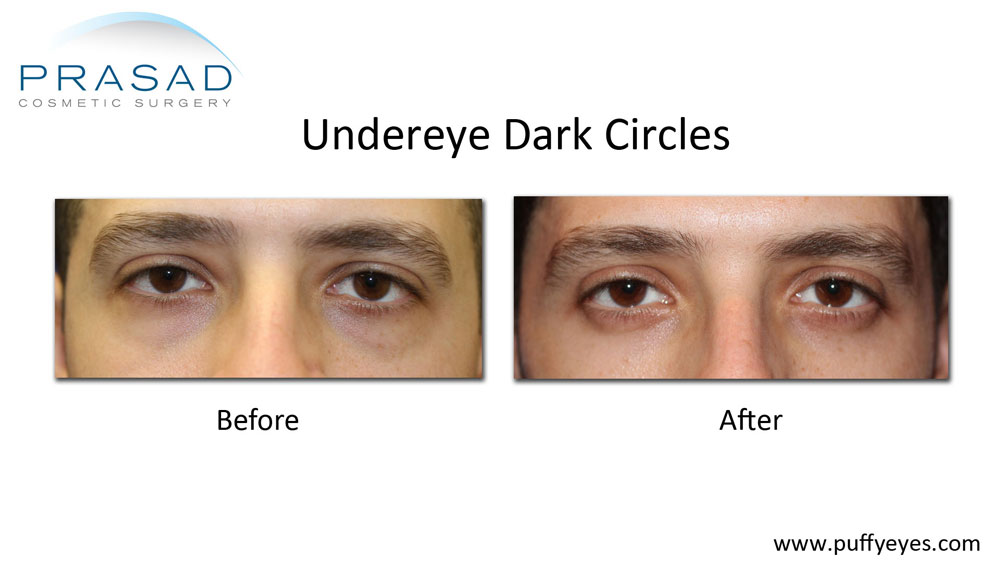
Structural Volumizing
To expand on the idea that “all lower eyelid surgeries are not the same,” I examine bone volume and projection below the eyes and cheeks. I’ve noticed that prolapsed or herniated fat frequently coexists with a lack of bone projection under the eyes and cheekbones. This lack of bone projection can be caused by genetics, aging, or a combination of the two. To achieve better balance and harmony, it makes sense to reduce fat projection with surgery, while increasing bone structure projection. Previously, facial implant surgery would have been done to improve bone structure. A newer technique called Structural Volumizing which was derived from the principles of facial implant placement, has made bone projection enhancement safe, predictable and without the downtime and risks of facial implant surgery. Instead of surgical implants, I use long-lasting hyaluronic acid fillers like Juvederm Ultra Plus and Juvederm Voluma that are applied non-surgically with a specific technique. In contrast to the pillowy and rounded appearance associated with traditional filler placement, this method allows for better projection and definition.
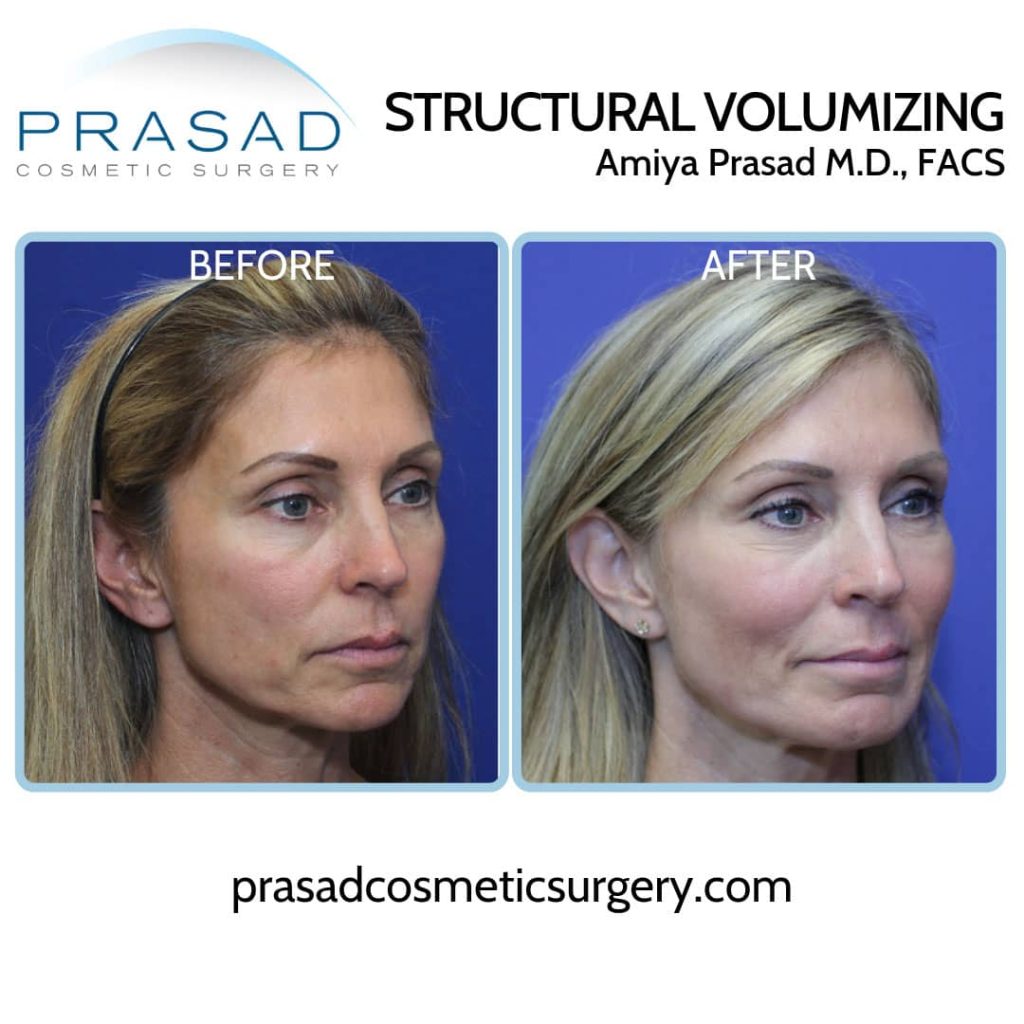
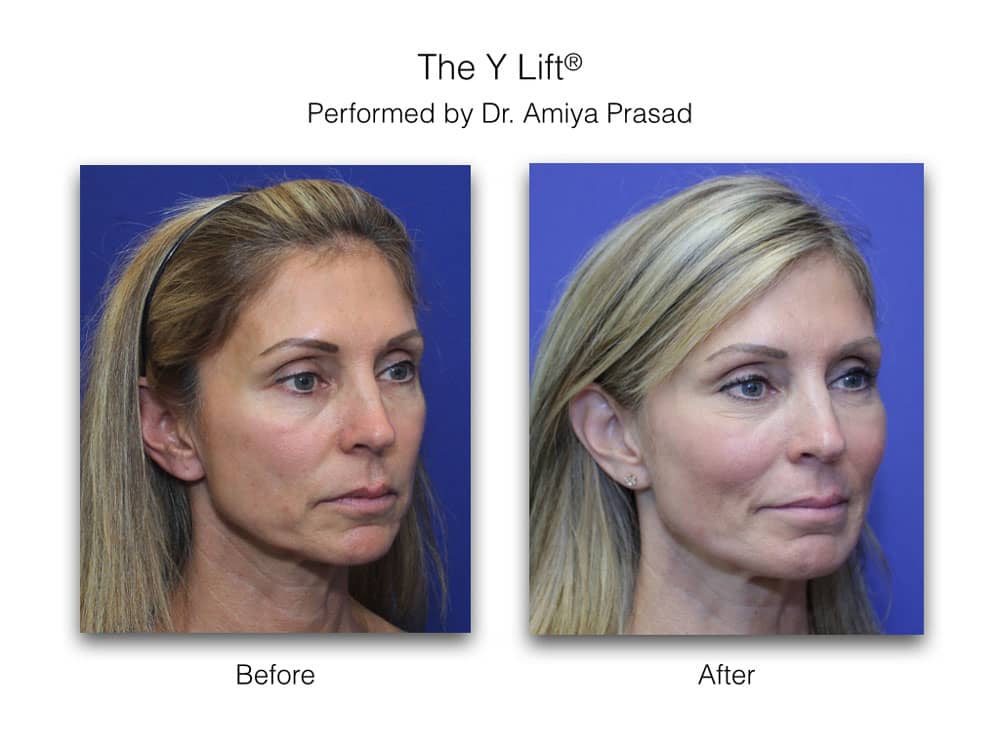
Bags Under Eyes Surgery Recovery
To aid recovery, I perform bags under eye surgery under local anesthesia with LITE IV sedation. Many of my colleagues prefer to perform eyelid surgery under general anesthesia, which has side effects such as nausea, vomiting, constipation, brain fog, and a longer recovery time. Our patients, on the other hand, are fully awake and comfortable following surgery. They can usually return to work a week after bags under eye surgery with little to no bruising.
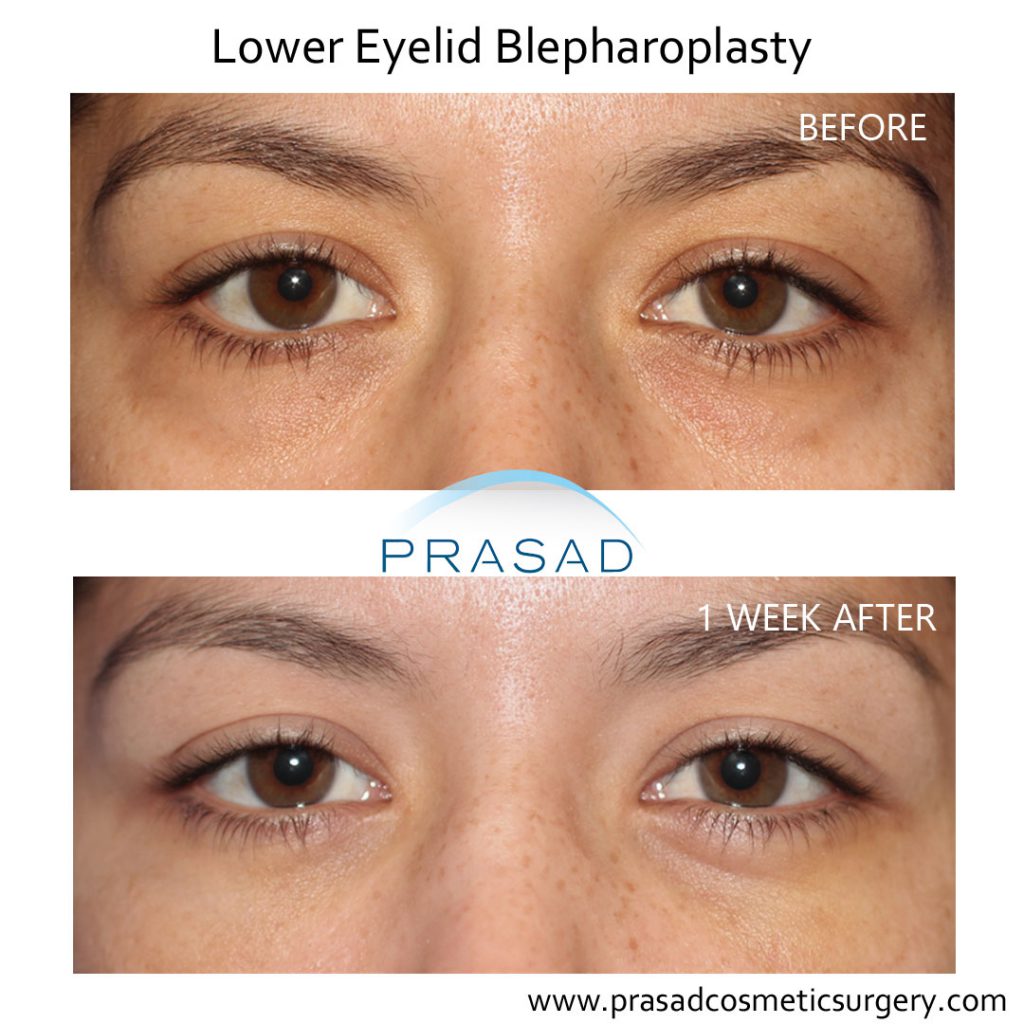
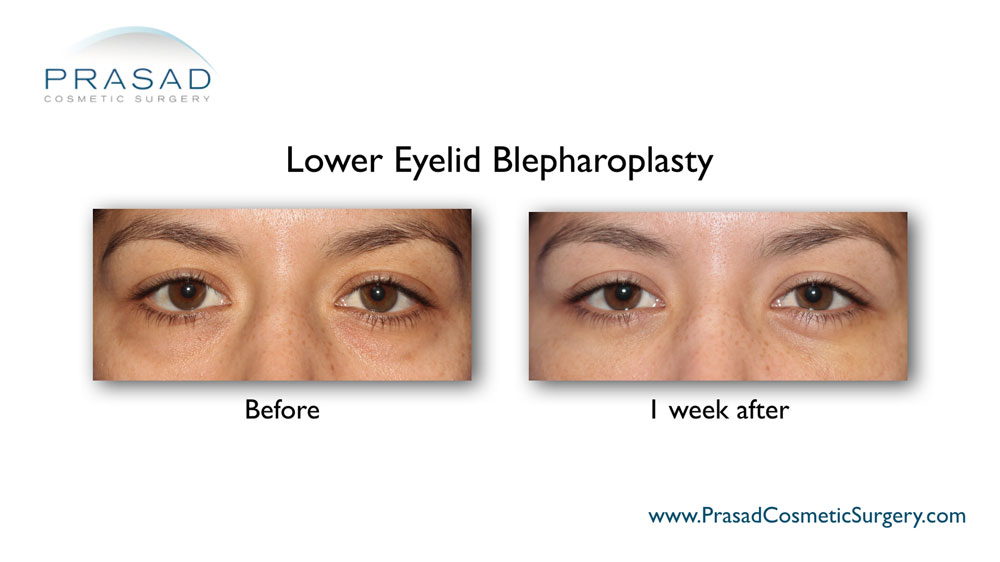
Under Eye Bag Surgery New York City and Long Island, NY
Lower eyelid surgery is not a standardized procedure, as should be obvious. It is critical that you have a clear understanding of your specific issues so that you can develop a strategy, and reduce your risk of an unfavorable outcome. I hope this information from my own experience was useful to you. If you’d like recommendations for your specific situation, you can call our offices to set up a consultation, or fill out the contact form below and we’ll get back to you.
